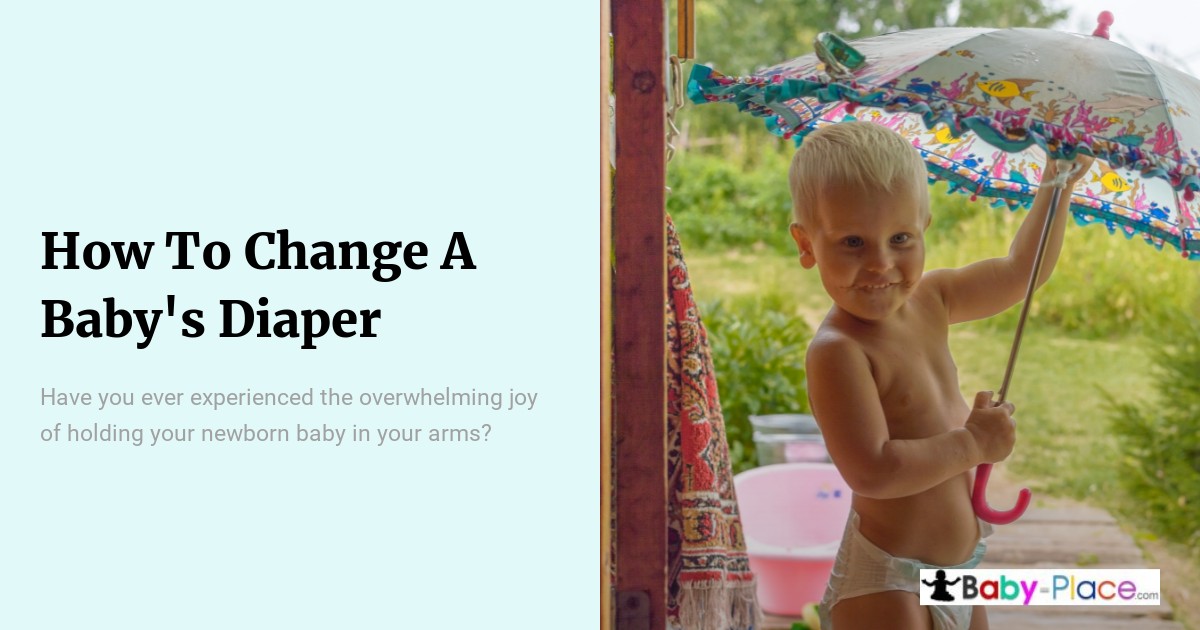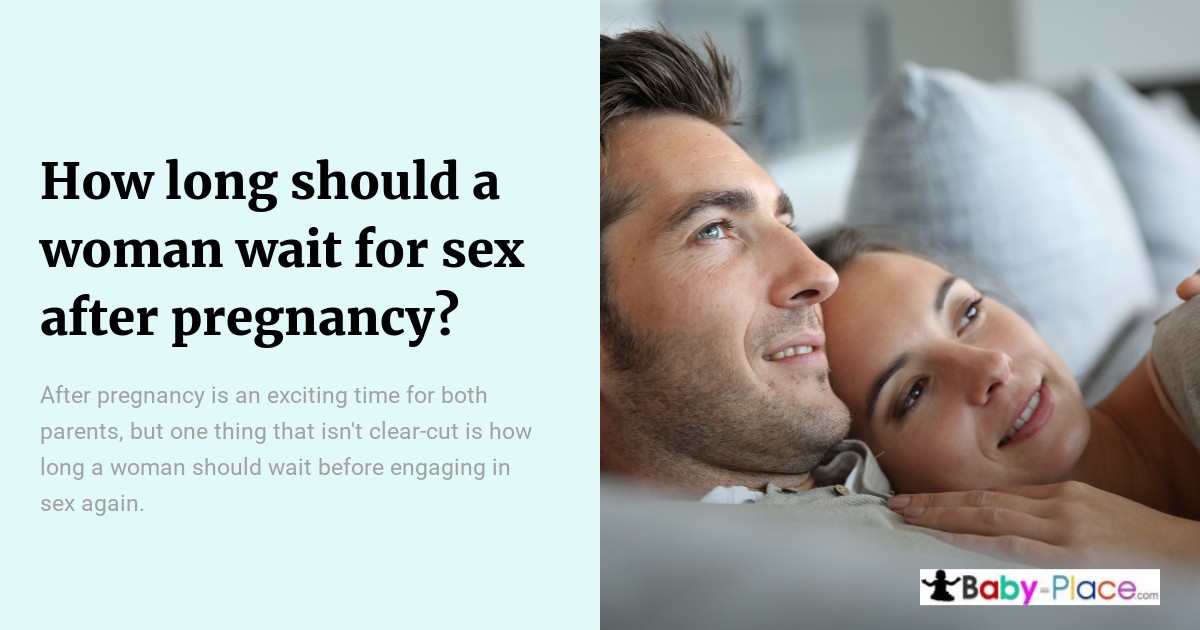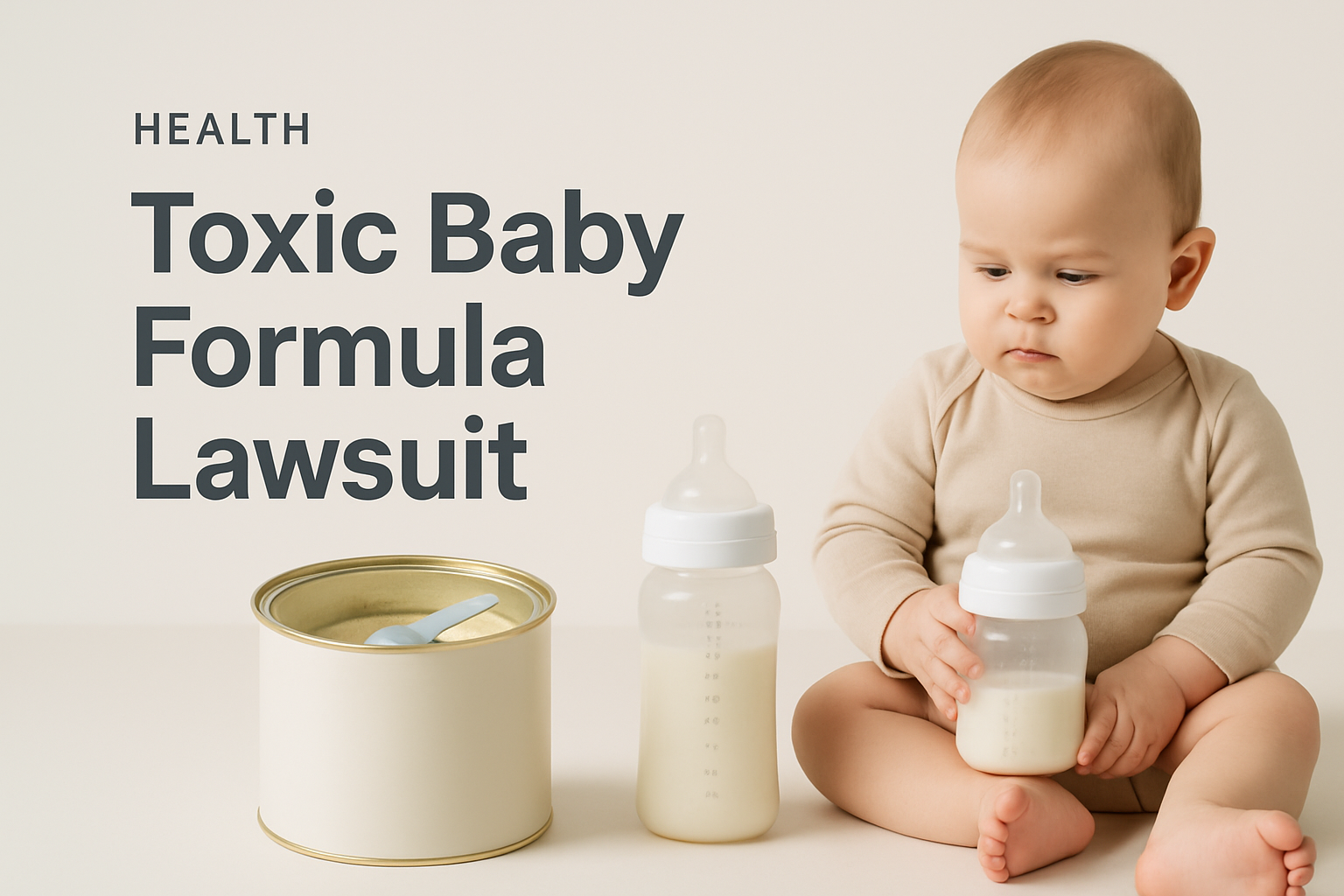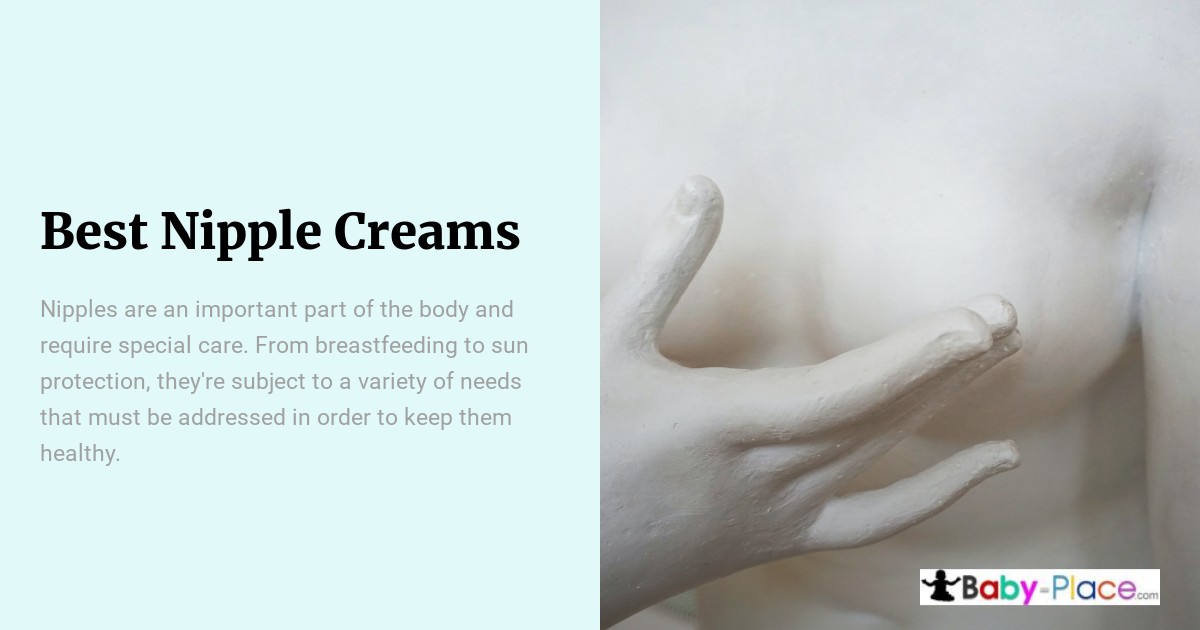
Your baby’s hygiene: first steps
The arrival of a newborn at home is an adventure for parents, especially for those who live the experience for the first time. This translates into new responsibilities since a new baby requires a great deal of dedication, especially in the first days of life.
Knowing your baby’s needs, and keeping them healthy and clean, are part of the new activities you will have to perform as a parent. Taking care of your baby’s hygiene can be a challenge if you are living this experience for the first time. Children under the age of one month require different care than those over that age, due to their special characteristics.
That is why we have prepared a special guide for you to carry out your baby’s hygiene properly and know the importance of their health in their first months of life.
The adventure of the first bath.
There is no perfect way to give the first bath to your baby, however, the World Health Organization (WHO) recommends that you should wait at least 24 hours to give the first bath. This is because it would eliminate the vernix caseosa, a substance of pasty consistency and whitish color that permeates the skin of the newborn. It has moisturizing, insulating, and antimicrobial properties.
Once this time has elapsed, you can start your baby’s hygiene with their first bath and establish a routine that will make life more comfortable for both of you.
The ideal bath time
It can be in the morning or at night, although the latter option is the one most recommended by pediatricians, since bathing at night allows the baby not only to sleep completely clean, but it is also a great opportunity to transmit feelings of well-being to your child.
Being immersed in warm water relaxes and pleases the baby, and doing it every day at the same time provides the right setting for a good night’s rest. It is an appropriate relaxation routine for children to calm down before going to sleep. Take into account the following recommendations:
- Make sure that the room temperature is between 75 to 80 degrees and that the space does not have any air drafts.
- Check that the bathtub is completely clean.
- Fill the bathtub with water between 95 and 98.5 degrees since that is the rough range of the baby’s body temperature.
- Have all the necessary items or utensils for the bath at hand.
- The best position to bathe the baby when done by only one person is to keep one arm on the baby’s back so that the baby rests their head on the forearm. Hold the baby by the armpit and shoulder, you will have the other hand free and the baby is semi-incorporated.
- If the baby has not yet lost its umbilical cord, it is not advisable to submerge its whole body.
- The order to follow for bathing the baby is from top to bottom.
- Wash the baby’s face first with water and a washcloth.
- Wash the baby’s eyes starting from the inner corner to the outer corner, using different parts of the washcloth for each eye.
- Wash the rest of the baby’s body with fragrance-free mild soap and a soft washcloth, paying special attention to the skin folds.
- When washing the genitals, always wipe baby girls from front to back. If a boy has not been circumcised, never pull back the foreskin of the penis with force.
- Do not rub or wash the umbilical cord.
- Finally, it is recommended to wash the baby’s hair at the end to avoid heat loss.
- Remember to have a towel ready at your disposal to take the baby out of the water, dry him/her and keep him/her warm.
This baby hygiene routine can be repeated constantly until the baby’s umbilical cord has fallen off. After 48 hours after the cord has fallen off, the baby’s body can be submerged in the water up to the middle of the chest or neck, to provide a greater sense of relaxation.
After the bath…
You should dry the baby’s whole body very well, especially between the folds and the umbilical cord. Drying the delicate cord area is done by gently patting it dry.
There are some special cares you should consider when bathing your baby:
– You should never leave your baby alone during bathing.
– It is not advisable to use talcum powder or colognes, especially in the first months. They can trigger allergies.
– The height of the bathtub should be appropriate to the height of the person bathing the baby. The correct height helps so that the baby’s back does not suffer.
– Always wash the bathtub before and after use.
– It is important to dry all the folds of the baby’s skin well, especially those under the chin, behind the ears, and the diaper area.
– Keep smiling, if the baby cries, accompany their bath with cuddles and the right environmental conditions. This way your child will get used to the routine and will enjoy this moment of pleasure.
The Umbilical Cord
In addition to bathing, another important part of your newborn baby’s hygiene is to keep the navel area clean.
It is necessary to clean the umbilical cord with pure alcohol using a piece of cotton or a cotton swab until it falls off, which usually happens within the first 15 days of life. Repeat the operation once or twice a day. Do not be afraid of hurting the child since the cord is not sensitive.
We don’t need to rush the fall of the cord; when it heals, it should fall off by itself and its fall should not be forced to “improve the aesthetics” of the baby’s navel since it can cause infections that leave worse scars and complicate the health and hygiene of your baby.
Once it has fallen out, continue to clean the wound and cover it with sterile gauze until it is completely dry.
If you want to clean the cord properly, here are some steps to follow:
- Wash your hands thoroughly with soap and water, using antibacterial and odorless soap. Remove the gauze wrapped around the umbilical cord. If it is stuck, do not pull it off. First, moisten it with a little antiseptic solution to remove it easily. It is not always necessary to keep the cord covered, on the contrary, keeping it without gauze will make it dry and detach faster.
- Wet a sterile gauze with pure alcohol or transparent antiseptic (under pediatric recommendation) and clean the wound and the surrounding skin with gentle touches.
- The navel area should be dried thoroughly and checked for dryness with another gauze pad. Excessive moisture and poor care can lead to infection and delayed healing.
- The next step is to use another gauze soaked in alcohol and wrap it around the cord. When you put the diaper on, fasten the dressing with it, but do not let it press on the abdomen. You can also leave the umbilical cord clamp outside the diaper to allow it to air out.
- Perform this treatment one to three times a day, taking advantage of diaper changes or whenever the diaper is soiled, as the umbilical cord wound should always be clean and dry.
To change or not to change the diaper…
The baby always needs to keep the intimate area clean. Cleaning the genitals and bottom after every diaper change is a fundamental part of your baby’s hygiene. The area needs to be kept clean and dry to avoid diaper rash: an intense reddening of the buttocks, more frequent during the first months of life. It may be accompanied by small chafing that causes discomfort to the baby.
Contrary to popular belief, you should avoid overusing the baby wipe. A sponge bath with warm water or specific cleansing foam is a better choice. Wet wipes, especially those with a strong scent, can be irritating, but they are a good resource when away from home.
If you have a baby boy, all folds should be cleaned and dried thoroughly without rubbing. If you have a baby girl, it is important to always wipe from front to back so as not to carry stool residue into the vagina and, without pressing, wash the area between the labia majora and labia minora thoroughly. Finally, dry without rubbing.
Cleaning the baby’s eyes
Your baby’s eyes are a very important part that, due to their sensitivity, require special care. In the first months of life, babies produce more mucus than adults, both in the nose and in the eyes.
Therefore, it is vitally important that cleaning their eyes is part of your baby’s hygiene routine to prevent problems such as blepharitis, a condition characterized by inflammation of the baby’s eyelids.
You can clean the baby’s eyelids and eyelashes with sterile wipes to eliminate any bacteria, and if you notice a lot of discharge, you should wash the baby’s eyes with saline solution to rid them of the discharge.
Hygiene of the baby’s nose
Pediatricians recommend cleaning our little one’s nose after bathing. Keeping the nose clean is important because your baby will not only breathe better but will also be less tired when breastfeeding or bottle-feeding.
Don’t worry about the baby’s sneezing, as it is a natural mechanism to clear the nostrils since babies cannot blow their noses. And at the same time, it allows them to remove dust particles or leftover breast milk that may be thrown up.
If there are nasal secretions, you can clean them with saline solution after bathing. If the baby has a lot of mucus, you can do a nasal wash using saline solution administered with a rubber bulb or a nasal aspirator.
Whatever you use, have in mind that babies dislike the nasal cleaning process, so they will usually cry or get upset, especially when they already know what is going to happen. Therefore, you must be firm so that this process of hygiene of your baby does not become a traumatic process.
Cutting the baby’s nails
It is not easy to cut a baby’s nails. Their tiny, delicate fingers and uncoordinated movements make cutting their nails a very complicated task. However, it is important for your baby’s hygiene because it prevents, among other things, scratches and nail infections.
The first step in trimming a baby’s nails is to distract your baby. You can sit them in front of the TV, or in front of a window, or something that has a lot of light so that they can entertain themselves and stay still for a few seconds while you cut their nails. You can also take advantage of when your child is asleep.
While the baby is distracted, start the task with some small tips:
- If the nails are not too long, it is best to use a small, soft file instead of scissors or nail clippers. The file is also indicated for irregular cuts that may protrude from the nails.
- If your child’s nails are long, it is better to use nail clippers or scissors specially designed for babies. They usually come in a more compact size and allow for greater precision.
- The best thing to do when cutting is to put the nail downwards. With the hand that is not holding the nail clippers, press back the tip of each finger as you cut the nail. This way you will avoid mistreating your baby’s little fingers.
The ears
Baby’s ears are extremely delicate, but it is also important to take proper care of them and make them part of your baby’s hygiene routine. You should avoid using cotton swabs to clean babies’ external ear canals.
Many ENT specialists warn of the danger of using cotton swabs since inserting the swab does not clean. The swab introduces even more earwax and can cause a small wound or infection.
Therefore, the ears should be kept clean and dry on the outside, not on the inside, since the wax it produces is natural protection.
Baby’s oral hygiene.
The baby’s oral health is essential for the first years of life. Even if your child does not have teeth, oral hygiene is paramount when it comes to baby care.
The first teeth come out when the baby is 4 to 6 months old and for them, it is very traumatic because it is painful and usually affects them with diarrhea or fever, in some cases. For this reason, cleaning your baby’s first tooth and gums should cause comfort in the baby and should be done with a gauze moistened in warm water.
This gauze should be placed on the finger and wiped over the surface of the baby’s teeth if any. It is important to also go over the gums with a gentle massage and to do it as a game, which causes well-being. The child should not associate dental hygiene with a traumatic experience.
Your baby’s hygiene should be a fun routine for both of you.
From the conception of the baby onward, your life will completely change. From the moment you find out that your baby is on the way, you should educate yourself on the new routines that you will have to acquire.
Your baby’s hygiene routine will not only be a commitment for you as a parent, but also a fundamental process in your baby’s life, on which depends, in some cases, his or her health, since poor hygiene can lead to diseases in the short and medium-term.
Making the process fun will make each hygiene routine a pleasant and relaxing moment for your baby, and it will also strengthen the bond between you both.
Frequently Asked Questions:
When should you give your baby their first bath according to the World Health Organization (WHO)?
The World Health Organization (WHO) recommends waiting at least 24 hours before giving your baby their first bath. This allows the vernix caseosa, a protective substance on the baby's skin, to remain, as it has moisturizing, insulating, and antimicrobial properties.
What is the ideal water temperature for a baby's bath?
The ideal water temperature for a baby's bath is between 95 and 98.5 degrees Fahrenheit, which roughly matches the baby's body temperature. This ensures the baby remains comfortable and safe during the bath.
How should you clean a baby girl's genitals during a diaper change?
When cleaning a baby girl's genitals, always wipe from front to back to avoid carrying stool residue into the vagina. Gently clean the area between the labia majora and labia minora without pressing too hard, and ensure the area is dried thoroughly without rubbing.
What is the recommended way to clean a baby's umbilical cord?
Clean the umbilical cord with pure alcohol using a piece of cotton or a cotton swab once or twice a day until it falls off, usually within the first 15 days of life. Avoid covering it with gauze unnecessarily, as keeping it exposed helps it dry and detach faster. Always ensure the area is clean and dry to prevent infections.
Why is it important to avoid using cotton swabs to clean a baby's ears?
Cotton swabs should not be used to clean a baby's ears because they can push earwax deeper into the ear canal, potentially causing blockages, small wounds, or infections. Instead, only clean the outer part of the ear gently and keep it dry, as earwax is a natural protective substance.










